Matthew Phillip Kirschenbaum
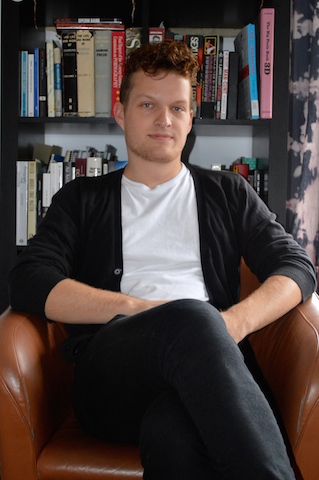
Some are daily watchers, some click on a faulty URL, some start browsing during their pre-teens: most adults have seen pornography, and it is here to stay. After Porno Chic during the 1970s-1980s in which pornography was viewed in theaters, VHS pushed porn into the bedroom in the 1990s, provoking gay men to find private sexual outlets. Internet access has exacerbated this tendency, and at present, gay men in the United States encounter discourses of sexuality and H.I.V. through stigmatization and repression. For them, pornography is a social institution through […]
Adonis Brooks

Most evaluations of Beat Generation authors tend to overlook the significance of race and sexuality in the formation of the quintessential identity of the 1960s culture of dissent. Adonis thesis will explore the Beat oeuvres of Bob Kaufman and Amiri Baraka primarily through queer theory and Fanonian Critical Race Theory. He will examine the nexus of marginalized experiences between these poets, which centers on homophobia and racism, and produces cultural isolation, alienation/imprisonment, and a devastating psychic loneliness. He will also consider the subject of their poetry, who is extremely alien […]
Jacqueline Vela
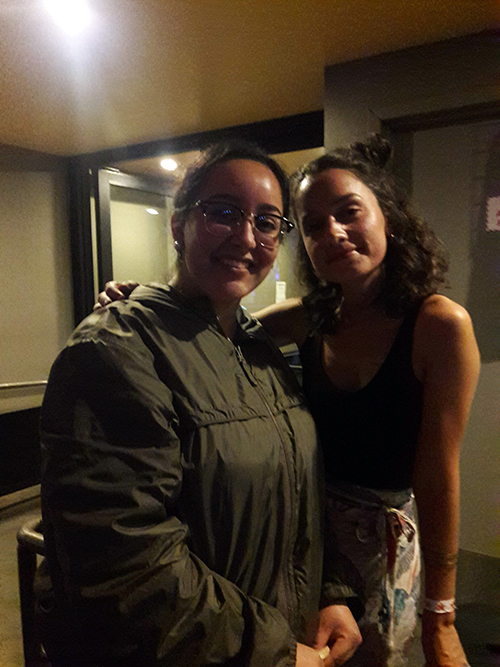
Jacqueline Vela’s research project will focus on the writings of contemporary poets of the 2010s that have emerged and performed their pieces via the Internet. Closely following this new genre of e-literature, Vela will observe both the bodies of work and digital platforms of poets such as Yesika Salgado, Danez Smith, Olivia Gatwood, and Ocean Vuong among others so to explore how the rapid explosion of technology and the phenomenons of online culture have influenced the form, style, and themes of these so-called insta-poets. With special attention to diverse narratives […]
Rieson Blumer
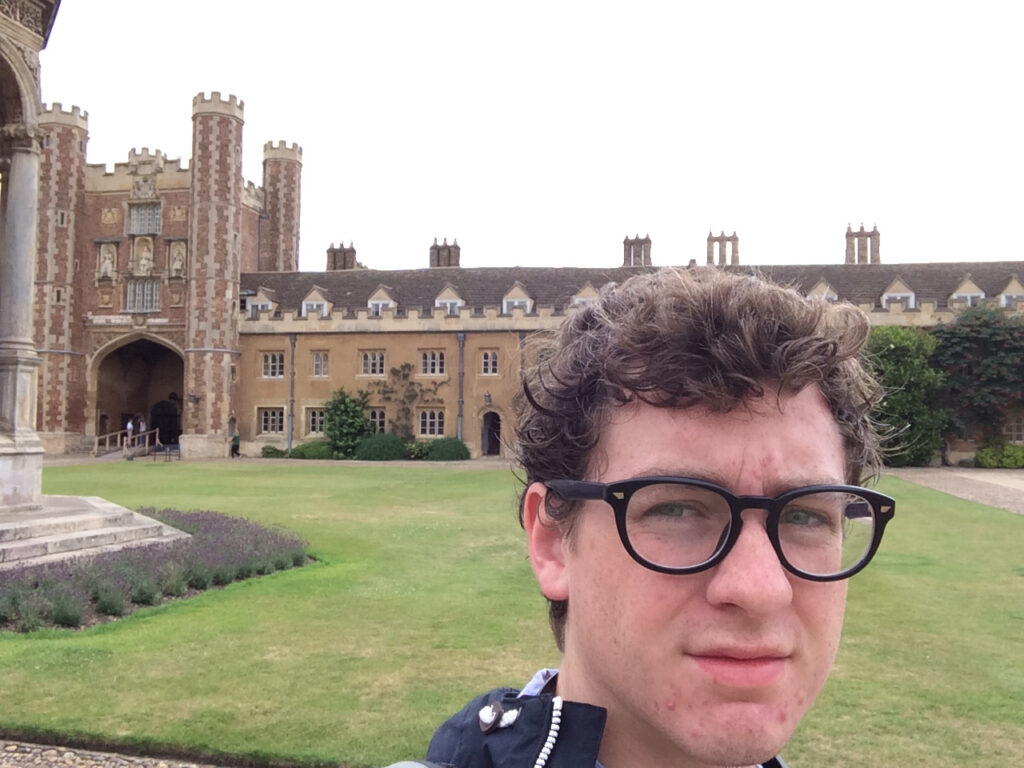
In 1542, a short religious text from about the year 1400 was made into a single surviving edition by a relatively unknown publisher, Richard Lant. Though his particular attempt at revitalization was modest, the religious turmoil of his period caused others like him to reproduce an array of religious texts from the Middle Ages, revising their language into new editions for Early Modern English. What do these changes in language mean for a new religious context and system of interpretation? Working to catch hold of some of the threads of […]
Arina Stadnyk
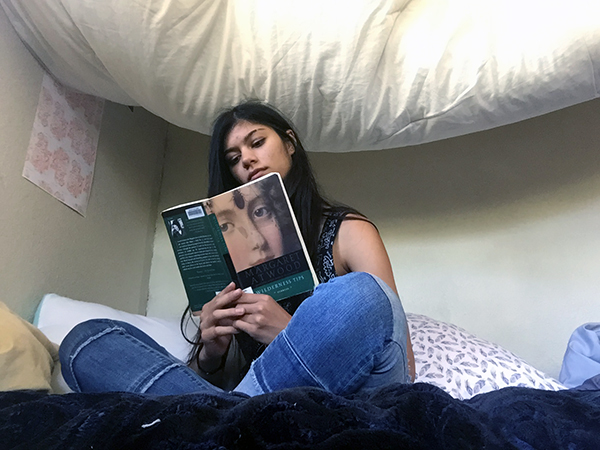
Arina’s project will examine how Margaret Atwoods short fiction collection, Dancing Girls, uses the elements of landscape and the shadow self as sites of ideological conflict between traditional Gothic tropes and ecofeminist ideology. While scholarly literature has addressed, separately, ecofeminism and the Gothic convention in Atwood’s fiction, there has yet to be discourse on the dialogic that is formed through their interaction. Due to the stories lack of closure, the thematic effect of this dialogic is still unclear, as the tension between these vying ideologies remains unresolved in each story. […]
Clint Terrell
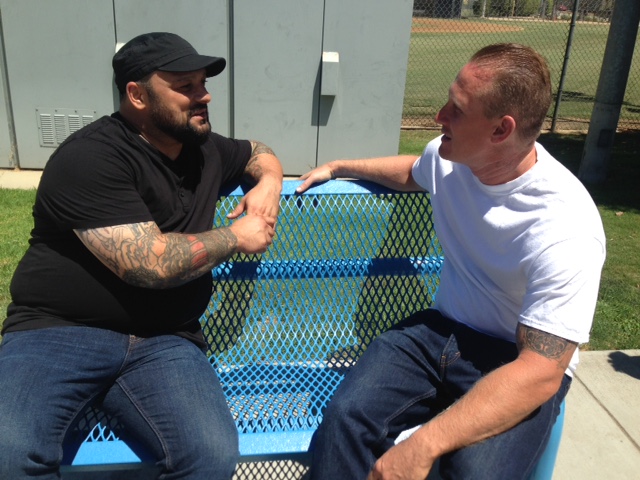
There has been a great deal of research on autobiographical literature that feature Native American captivity narratives, and African American slave narratives, but there is a lack of scholarly work that discusses contemporary prison narratives. Clint will analyze autobiographies, specifically prison, slave, and captivity narratives for their themes of literacy as a faculty of redemption and endurance. These autobiographical texts not only narrate the process of recovery, but serves as part of the restoration process. In addition to research, Clint will produce a creative product consisting of his own autobiographical […]
Calvin Nguyen

The San Francisco cityscape is changing rapidly, with large influxes of residents, buildings, and communities. This change must be understood with more than soaring rents or other quantified data; it’s evident between Salesforce Transit Center and Embarcadero, banners advertising the East Cut and Yerba Buena, the trash that’s picked up and the trash left behind. Increasingly, San Franciscos neighborhoods have become spectacularly stratified stages of narrative-making, much like Disney’s lands distinct experiential worlds creating a storied landscape for themselves and the city. Through interviews, theoretical research, and fieldwork at these […]
Olivia Graves
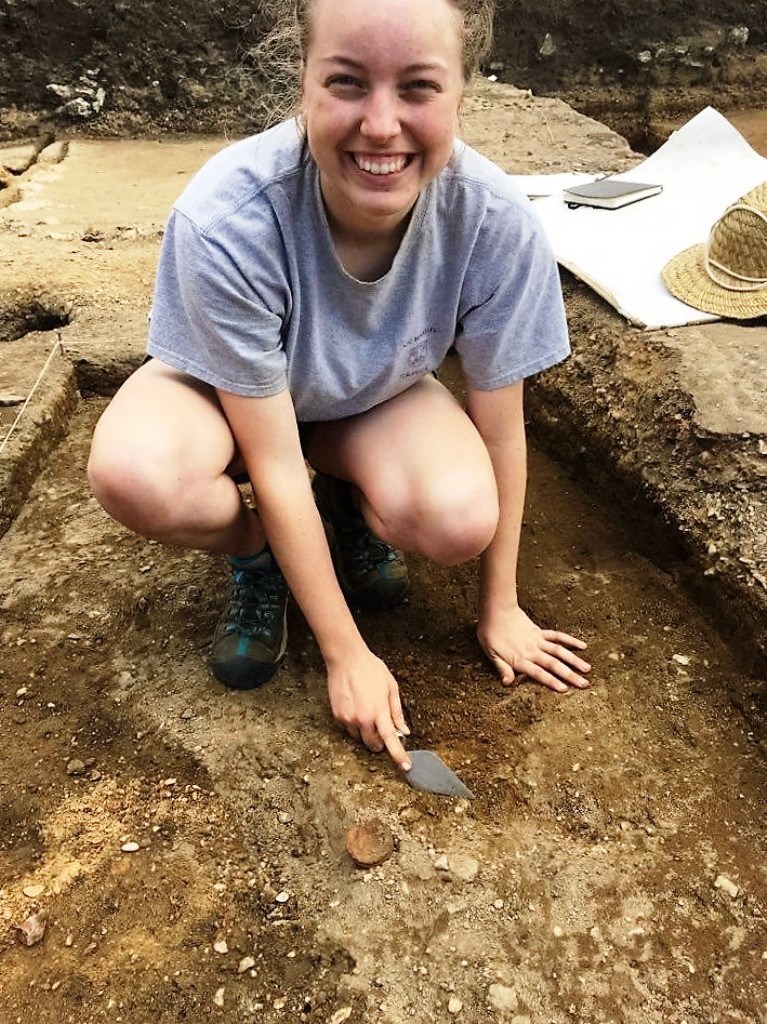
Current Bio: After graduation, Olivia completed an MPhil in Archaeology at the University of Oxford in 2017 and she is currently finishing up a Post-Baccalaureate Certificate in Classics at UCLA. This fall, she will begin her PhD in Classics at Cornell University. She continues to participate in archaeological excavations in Greece and England and also maintains a great passion for history and literature from all periods. Haas Scholars Project: The dating and provenance of the Old English epic Beowulf have been topics of wide scholarly debate for the past two […]
Dane Anderson
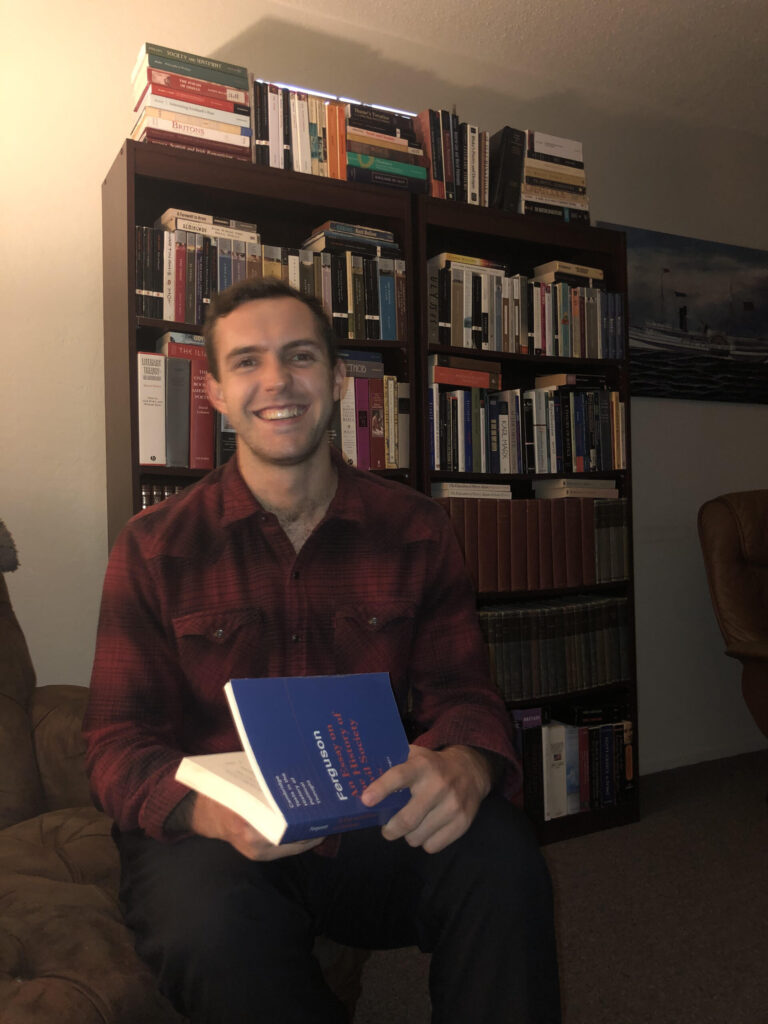
In preparation for his senior honors thesis, Dane is studying the relationship between literatures of the Scottish Enlightenment and Romantic periods. Specifically, he is exploring how Adam Fergusons theory of history, described in the Essay on the History of Civil Society, colors major texts of Scottish Romanticism. The scholarship surrounding Fergusons work has focused on its political and sociological implications, but there has not yet been any major study of Fergusons relationship to Scottish Romanticism. Through close reading and archival research in Edinburgh, Scotland, Dane will fill this gap by […]
Ramon de Santiago
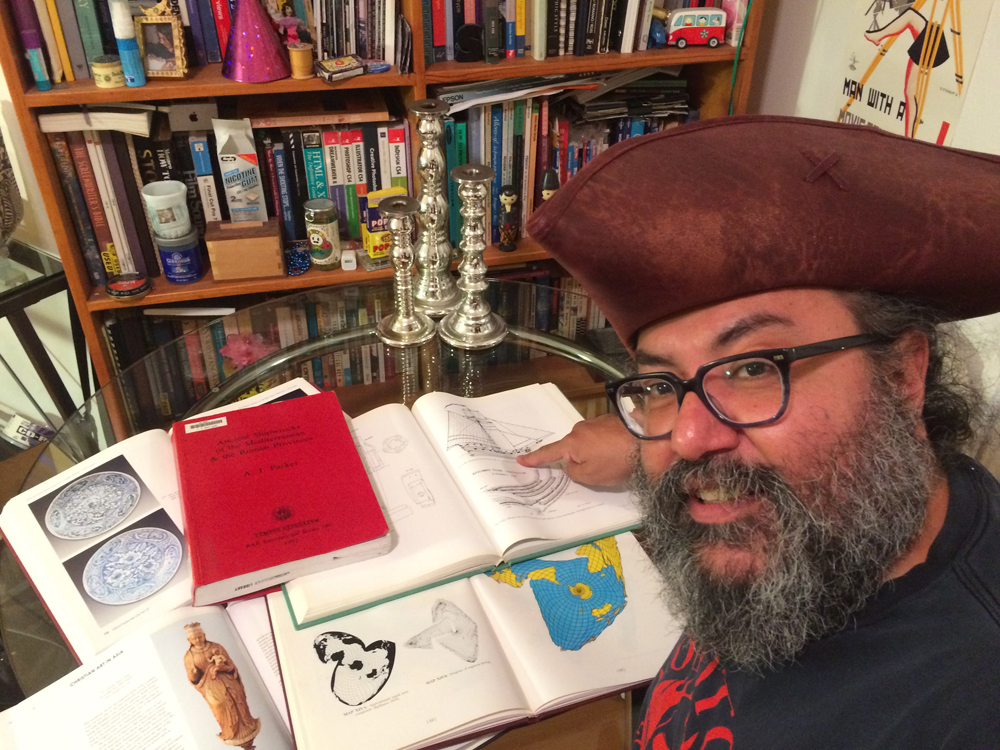
Objects in museums are typically categorized by chronology and geography and then further sorted into subcategories revolving around cultures, languages, and materials. Born of the legacies of imperialism and colonialism, these practices tend towards a flattening of categories and the fixing of objects into rigid structures of European and Other. But what do we do with an object that inhabits multiple chronologies, geographies, and cultures? Art objects and artifacts possess a fluidity and mobility throughout multiple categories, often occupying multiple positions and materialities simultaneously. Using Byron Hamann’s methodology of materialities […]